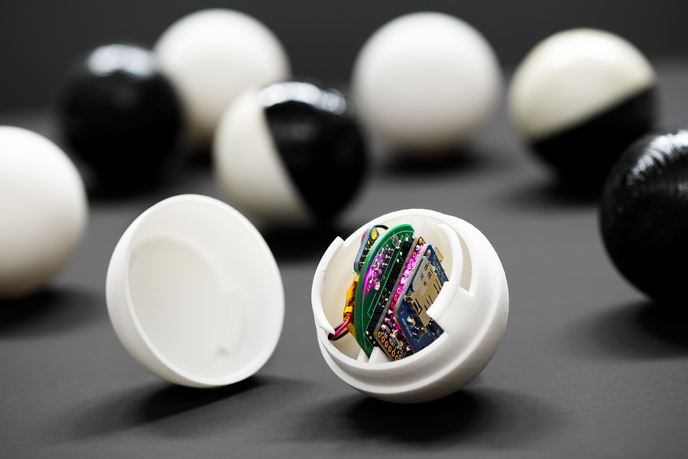Toolbot makes dredging efficient and environmentally friendly
Dredging is critical practice for ports and waterways. The process involves removing sediments and debris to facilitate shipping and other maritime activities. “Dredging is a core engineering activity that expands land area, keeps waterways and ports operational and expands their capacity. It is a multibillion-euro market worldwide that has been doing remarkably well, however, there is always space to improve,” says Dario Sosa, CEO of Subsea Mechatronics(opens in new window) and Toolbot(opens in new window) project coordinator. But the activity is associated with several environmental concerns. These include turbidity both at the point of dredging, and where the sediment is later dumped. Stirring up the sediment can also mobilise and spread pollutants contained within. To help mitigate these effects and make the process environmentally friendly, the Toolbot project has developed an automated machine to help in the form of a remote operated vehicle (ROV), which carries out dredging activities through close human monitoring. “Toolbot aims at improving efficiency and cost-effectiveness while reducing the environmental impact in precision-dredging scenarios,” Sosa adds. This includes port infrastructure where standard dredging is prohibited, and difficult-to-reach areas like dams. It can also be used in the final stretches of major projects, where standard dredging vessels can be freed up for other uses.
Precision dredging
Toolbot is a highly-accurate, teleoperated hydraulic dredger. On-board sensors provide operational awareness at dredging sites, and an underwater power cord makes it relatively easy to mobilise and deploy. It is operated by specialised pilot-technicians from Subsea Mechatronics(opens in new window). “Current dredging uses techniques like over-dredging to comply with the customer’s requirements in those places where they cannot reach, increasing the cost of fuel and manpower,” explains Sosa. In order to maximise solid sediment transportation, an overflow technique is commonly used, which can impact the whole water column. This can be environmentally damaging, and is also woefully inefficient, as dredging vehicles must complete more trips to transport sediments to the discharge area. This process adds to fossil fuel consumption. “Toolbot reduces the environmental impact by reducing the turbidity through the water column and dredging more precisely, only where it is needed,” notes Sosa. The ROV is also equipped with a discharge buoy, which helps to redirect sediment plumes to the waterbed, further reducing the environmental impact.
Pilot projects ahead
“EU support has allowed us to study the market and better understand how we can develop it, where to start and what the critical situations are that need to be addressed by Toolbot,” says Sosa. The project has developed a successful prototype, and the team are now gathering together resources and customers to run a pilot programme. Future research and development lines for Toolbot include subsea rechargeable autonomous systems, and water injection dredging(opens in new window).







